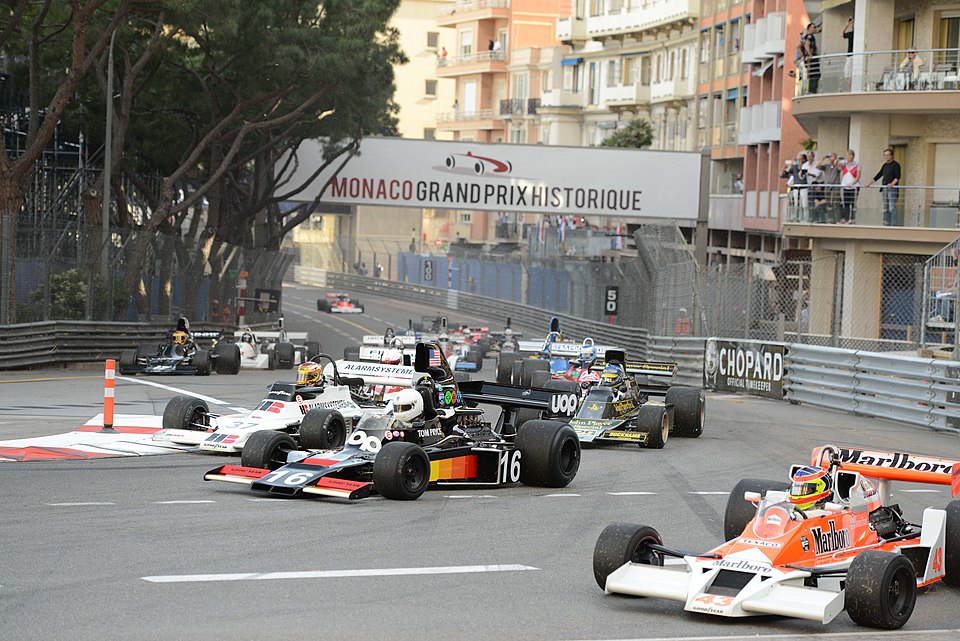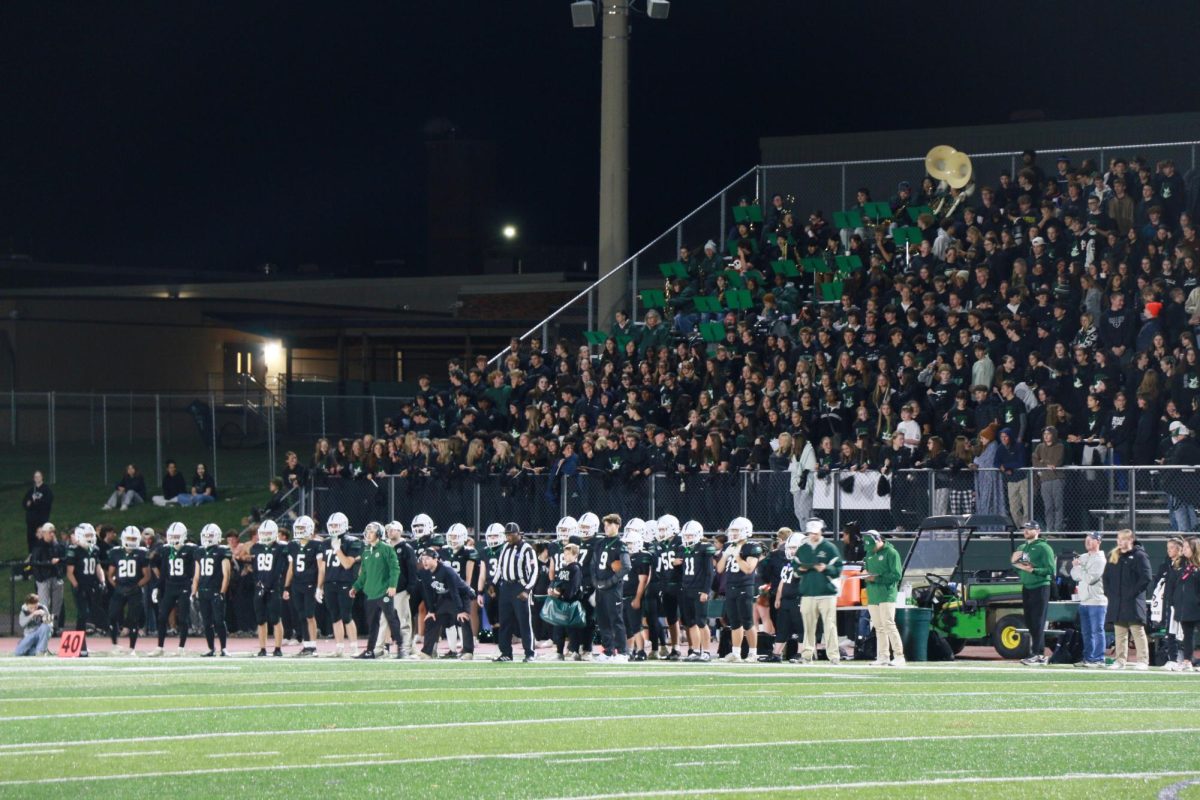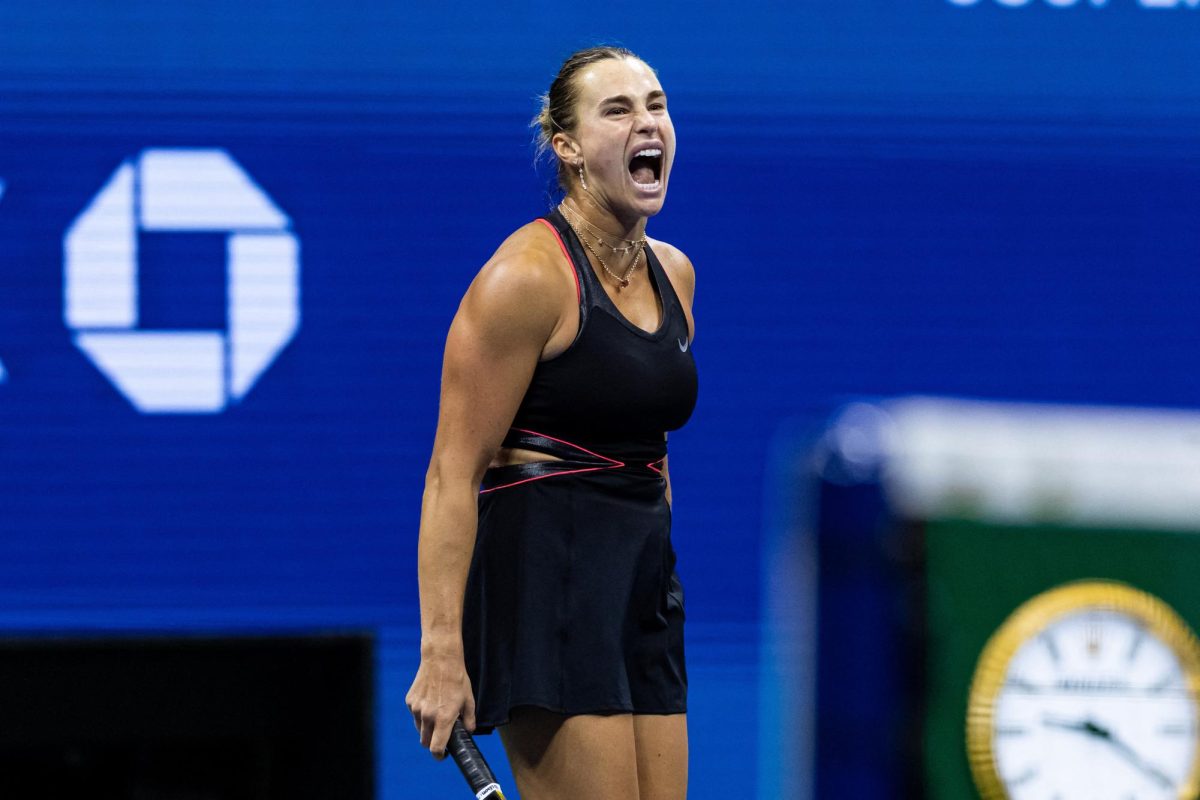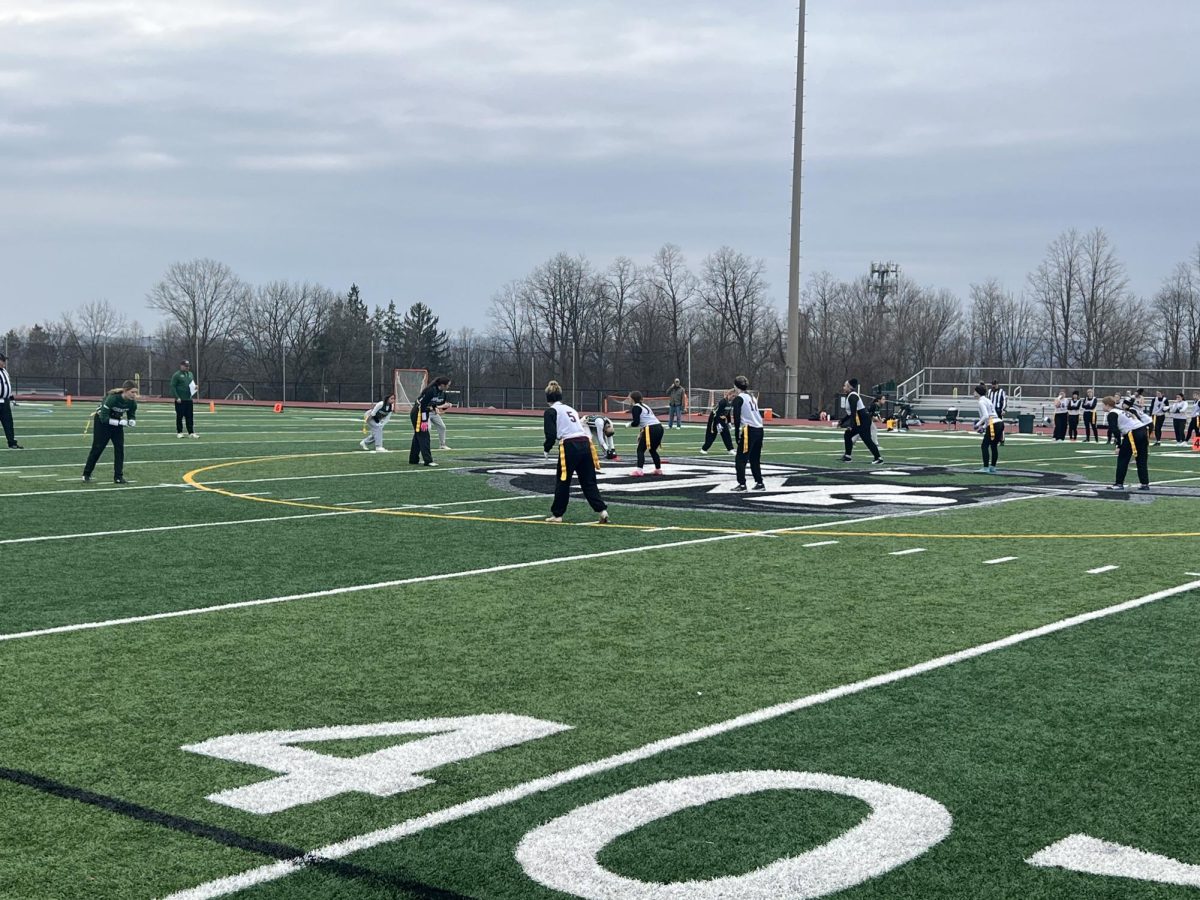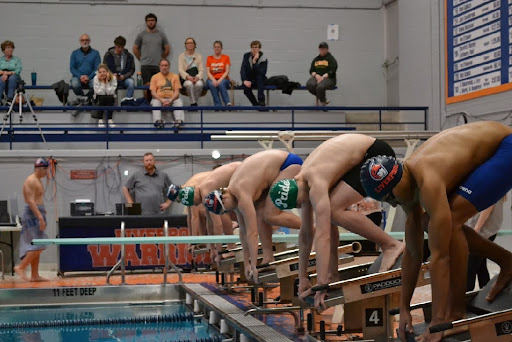Monaco: one of Formula 1’s most iconic and controversial races. Located in Monte Carlo, Monaco, this track has had a permanent spot in racing schedules since 1955. Debuting in Formula 1’s inaugural season in 1950, this track has a rich history and a beautiful cityscape that surrounds it. The street circuit stretches 3.337 kilometers long, with drivers racing for an incredible 78 laps.
On May 25th this year, the 20 drivers of the 2025 season raced for the first time with the new two-stop rule. Known to be a tedious and uninteresting race, Monaco has certainly been met with distaste from current fans—and even drivers themselves—according to the BBC. Max Verstappen, Red Bull driver and four-time world champion once infamously complained over the radio, “This is boring. Should have brought my pillow.” While watching drivers steer down hairpin tight turns can certainly raise hairs, the winding streets are difficult for overtaking—a term used by Formula 1 viewers to address when one driver passes another. In response, the FIA (International Automobile Federation) experimented this year by mandating each driver to race with three different tire sets throughout the race. This equates to teams needing two pit stops per driver in order to change tires. Ferrari driver Lewis Hamilton, a seven-time world champion, stated that the FIA needs “to keep on trying with this one.” Verstappen agreed that “Up front, it didn’t really do anything.” Teams and fans both admit the new rule proved just how difficult it is to change the flow of Monaco.
Rounding up two DNF (Did Not Finish) incidents, many teams were upset with the outcome of the race. Jonathan Wheatley, the team principal for Kick Sauber, noted that “The Monaco Grand Prix was defined by strategy and shaped more by the rules than by pure racing.” Some performances from this weekend dropped previously high ranking teams down the ladder. Mercedes, currently second in the battle for the constructors championship, placed shockingly low due to poor strategic planning. Toto Wolff, team principal of Mercedes, sarcastically voiced that the team “forgot” about the two-stop rule until lap 60, forcing drivers George Russell and Kimi Antonelli to place eleventh and eighteenth. Russell’s frustration mid-race exposed itself when he deliberately made an illegal move to pass Alex Albon, a Williams driver. Under FIA regulations, a driver cannot leave the track in order to gain an advantage, which Russell knowingly violated in order to get ahead of Albon. He was then fined a 20 second drive-through penalty, a harsh punishment due to his admission of intent on the Mercedes radio. During the post-race media conference, Russell joked about getting the drivers buttons to “put the sprinklers on,” in order to have a more entertaining competition.
Another memorable moment was Alpine driver Pierre Gasly’s collision with Yuki Tsunoda, a Red Bull driver. Due to a misunderstanding in braking, Gasly rear-ended Tsunoda, causing Gasly’s wheel to dislocate. This left a dangerous trail of debris on the track as Gasly moved to the pit lane. The Alpine racing team has stated that they believe the next race in Barcelona, Spain, will provide a better opportunity to display their car’s strengths.
However, many teams found success amongst the chaos. Continuing their dominance this season, McLaren drivers Lando Norris and Oscar Piastri took first and third place on the podium respectively. At his home race, Charles Leclerc placed second driving for Ferrari. The varied results of this race have shown the trial and error process of the rule. Twisting roads lead to traffic trains of unenthused drivers and disappointed fans each year. Many have argued for its removal, as many teams leave fruitless after an anticlimactic race. This leaves a great question left for the FIA to discuss: what is the future of Monaco?



